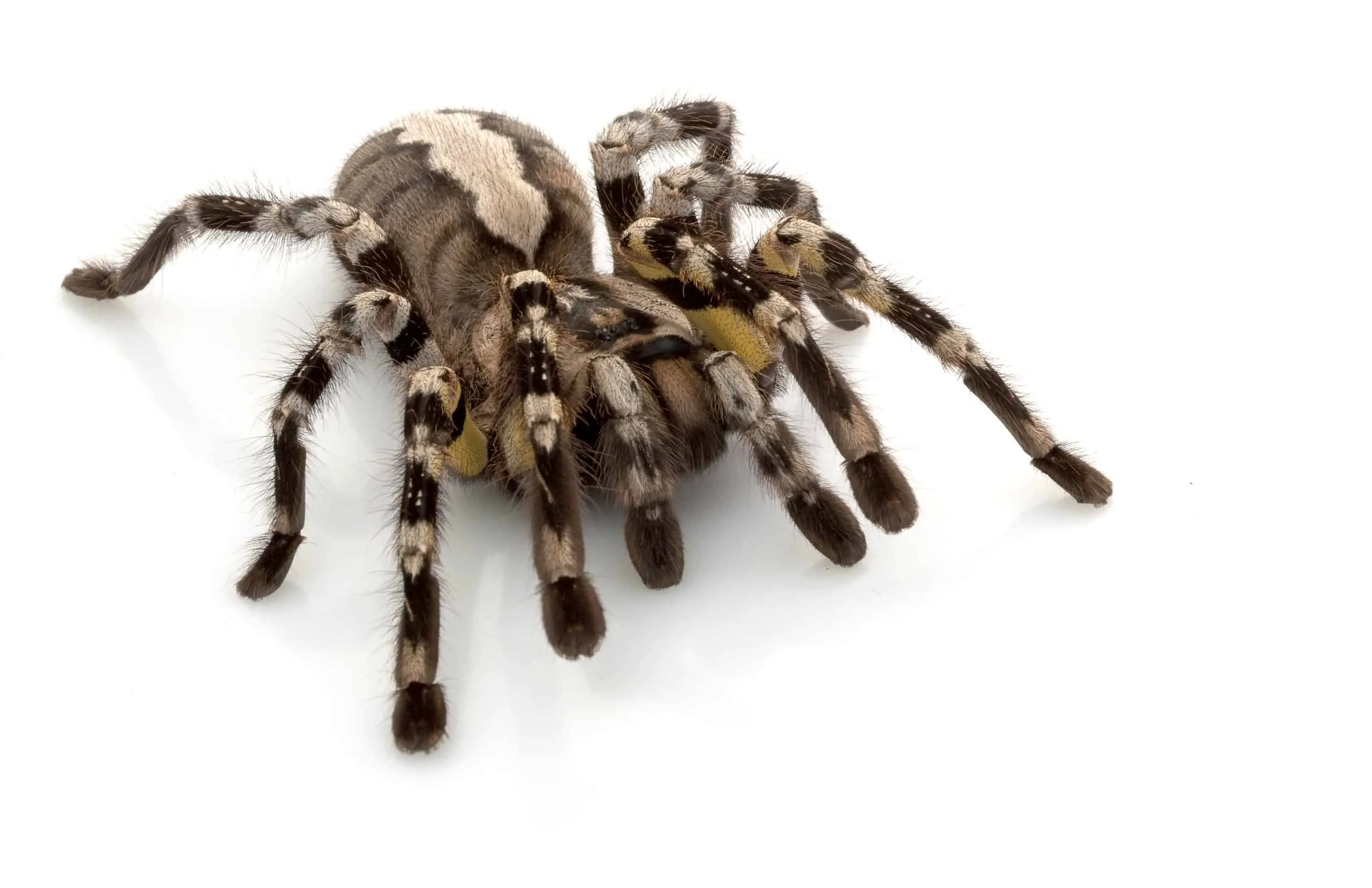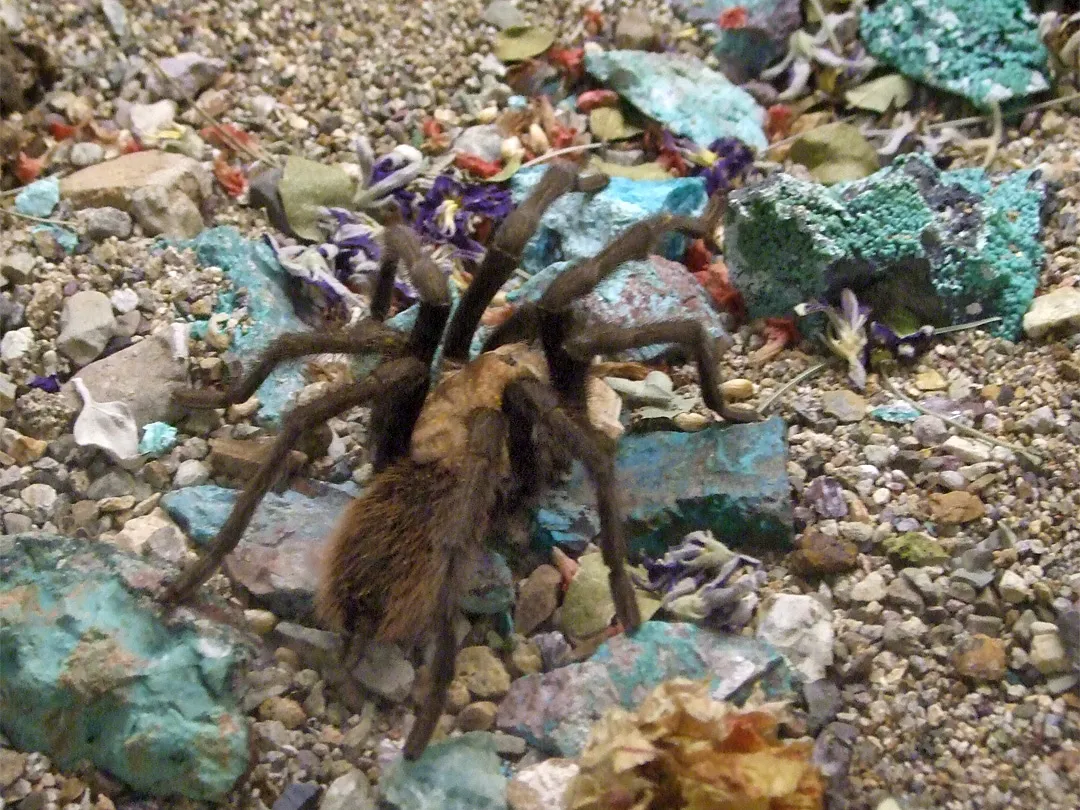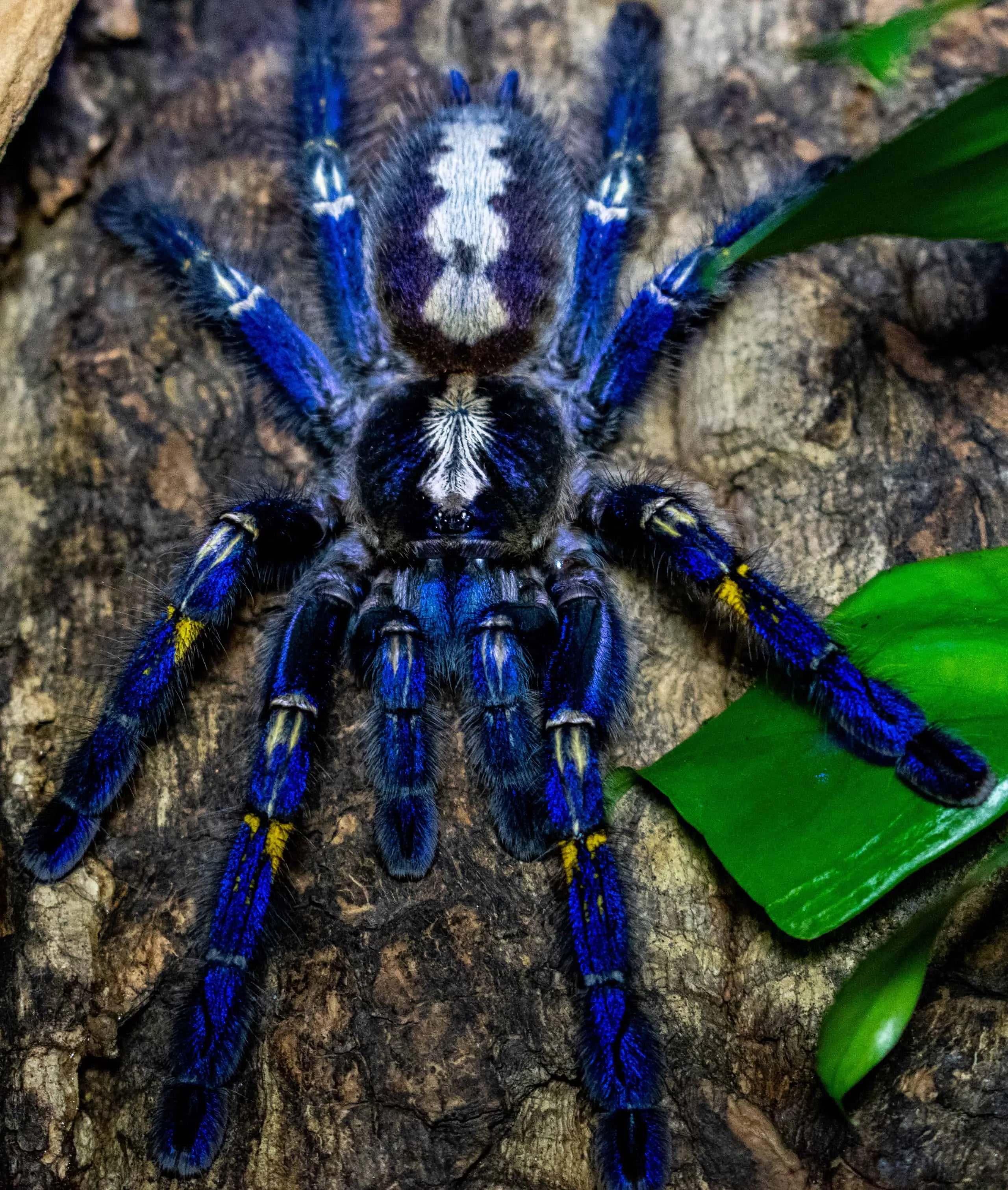5 Amazing Facts About the Female Tarantula
The world of tarantulas is filled with fascinating creatures, and female tarantulas, in particular, hold some amazing secrets. These arachnids, often admired and sometimes feared, are popular pets and subjects of scientific study. This article unveils five remarkable facts about female tarantulas, offering insights into their unique characteristics, behaviors, and life cycles. From their impressive lifespans to their crucial role in reproduction, female tarantulas are far more complex and captivating than many realize. Get ready to delve into the world of these amazing creatures and discover what makes them so special. Prepare to be amazed by the intricate details of their lives and the wonders of their existence. This journey into the world of female tarantulas is sure to expand your knowledge and appreciation for these remarkable arachnids.
Lifespan & Longevity
One of the most striking features of female tarantulas is their longevity. Unlike their male counterparts, who typically live for only a few years, female tarantulas can live for decades. This extended lifespan is a significant factor for those considering a tarantula as a pet, as it represents a considerable commitment. The ability to live for so long is a testament to their resilience and adaptability in various environments. They possess a unique biological makeup that allows them to endure the test of time. This longevity provides a long-term opportunity for observation, study, and companionship for tarantula enthusiasts. The fact that these creatures can live so long makes them a unique part of the animal kingdom and highlights the importance of their conservation.
Factors Influencing Lifespan

Several factors contribute to the remarkable lifespans of female tarantulas. Genetics play a crucial role, with some species naturally predisposed to longer lives. The environment in which they live is another key element. Proper care, including suitable temperature, humidity, and diet, can significantly impact their longevity. Stress levels and the absence of predators also contribute. Captive-bred tarantulas often live longer than those in the wild, primarily because of controlled environments and consistent care. Species and genetics also play a vital role; some species are naturally longer-lived. Careful attention to their well-being is essential to ensure a long and healthy life. Understanding these factors can help tarantula owners provide the best possible care, allowing their pets to thrive for many years.
Size and Growth
Female tarantulas generally grow larger than males of the same species. This difference in size is a notable characteristic that aids in identifying the sex of a tarantula, especially as they mature. Their larger size is primarily due to the fact that they continue to grow throughout their lives. They undergo periodic molting, shedding their exoskeletons to accommodate their increasing size. This growth pattern contrasts with males, who typically cease growing once they reach maturity. Observing a female tarantula’s size and growth over time provides a fascinating glimpse into its life cycle. Their impressive size is a visual reminder of their resilience and the natural growth process inherent to the species. The substantial size of females can be an impressive sight to observe.
Comparing Female Tarantula Sizes
The size of female tarantulas varies significantly depending on the species. Some species, like the Goliath birdeater (Theraphosa blondi), can reach impressive sizes, with leg spans exceeding 10 inches. Others, like the smaller dwarf species, remain much more petite. Comparing different female tarantula sizes highlights the diversity within the tarantula family. Factors such as genetics, diet, and environmental conditions influence this size variation. Understanding these differences is essential for proper care, as it influences the size of their enclosure and the amount of food they require. It’s important to research the specific species to be prepared for its size and accommodate its needs appropriately. These size variations add to the fascinating array of characteristics that makes the tarantula world so diverse.
Growth Stages

Female tarantulas grow through a series of molts. Each molt involves shedding their exoskeleton, allowing them to increase in size. The frequency of molting decreases as they mature. Young tarantulas molt more frequently than adults. The molting process is a vulnerable time for tarantulas, as they are soft-bodied and defenseless during this period. Careful attention to their environment, including humidity and lack of disturbance, is essential during this phase. Witnessing a tarantula molt is a remarkable experience, providing insight into their growth and development. The exoskeleton provides protection until the tarantula sheds it and the new shell hardens. As tarantulas grow, these molting events become less frequent. The molt is a unique biological process that is vital to their survival.
Reproduction & Breeding
Female tarantulas play a crucial role in reproduction. After mating, they produce egg sacs containing hundreds of eggs. The female carefully guards these egg sacs, ensuring the eggs are kept at optimal conditions for development. This protective behavior is a testament to their maternal instincts. The duration of egg incubation varies among species, but the female diligently cares for her offspring until they hatch. The process highlights the intricate life cycle of tarantulas and the importance of female tarantulas in the continuation of their species. Their role in reproduction and ensuring the survival of the next generation adds to their significance. The care and protection provided by the female tarantula are vital to the survival of spiderlings.
Mating Rituals
Mating rituals between male and female tarantulas are often elaborate and fascinating. The male tarantula carefully approaches the female, typically drumming or vibrating to signal his intentions. If the female is receptive, she allows the male to mate. This process involves the male inserting his pedipalps into the female’s epigastric furrow. Successfully mating can be a tricky process, and sometimes the female tarantula may view the male as a meal and consume him. The mating rituals are a fascinating demonstration of the complex behaviors involved in tarantula reproduction. This process can be a delicate dance between the two spiders, and the survival of the male is not always guaranteed.
Egg Sacs and Spiderlings

After mating, the female tarantula creates an egg sac to protect and incubate her eggs. The egg sac is a silken pouch that houses hundreds of eggs. The female tarantula diligently guards the egg sac, providing the right conditions for the eggs to develop. She turns and cares for the eggs until they hatch into spiderlings. The period between laying the eggs and hatching depends on various factors, including species and environmental conditions. Once the spiderlings hatch, they are miniature versions of the adults. The female may continue to protect the spiderlings for a while, and they eventually disperse to start their own lives. The egg sac and the process of caring for the offspring are essential parts of the tarantula life cycle.
Molting Process
Molting is a crucial process for female tarantulas. As they grow, they shed their exoskeletons to allow for continued growth. Molting is a vulnerable time for the tarantula, as their new exoskeleton is soft and fragile. Before molting, tarantulas often stop eating and may appear lethargic. The molting process can take several hours or even days, depending on the size of the tarantula. After molting, the tarantula’s new exoskeleton hardens, and they regain their usual defenses. The molting process is a sign of a healthy, growing tarantula. It is an essential part of their development, allowing them to reach their adult size and reproduce. The process of molting is fascinating to observe, offering a peek into the tarantula’s growth cycle.
What is Molting
Molting, also known as ecdysis, is the process where a tarantula sheds its exoskeleton. This outer covering does not grow; therefore, the tarantula needs to shed and replace it with a new, larger one to continue growing. The new exoskeleton is formed beneath the old one. The process starts when the tarantula absorbs fluids and splits its old exoskeleton, typically along the carapace. The tarantula then wriggles out of the old shell, revealing a new, soft exoskeleton. The new exoskeleton will harden over time, enabling the tarantula to grow and survive. Molting is essential for a tarantula to grow, develop and replace any damaged or worn parts. The molting process is fundamental for these arachnids and provides a fascinating insight into their biological workings.
Frequency of Molting

The frequency of molting in female tarantulas varies depending on their age and species. Young tarantulas, in the earlier stages of their lives, molt much more frequently, sometimes every few months. As they mature, the molting frequency decreases. Adult female tarantulas may molt only once a year or even less. The species of tarantula and the rate of growth play a significant role in determining molting frequency. Regular observation of a tarantula’s behavior and physical appearance can help predict when it is likely to molt. The frequency of molting reflects the tarantula’s growth rate. When a tarantula is about to molt, it is best to avoid disturbing the animal to reduce stress.
Care and Husbandry
Providing appropriate care and husbandry is essential for ensuring the well-being of female tarantulas. Creating a suitable environment, including proper temperature, humidity, and substrate, is vital. A well-maintained enclosure provides a safe and healthy habitat for the tarantula to thrive. Regular feeding and access to fresh water are also crucial. Handling should be minimized to avoid stress and injury. Understanding the specific needs of the tarantula species is paramount to offering the best care possible. Properly caring for a tarantula involves continuous learning and observation to recognize and address any issues. Maintaining a suitable environment is a critical factor in its overall health and longevity.
Suitable Habitats
The habitat for a female tarantula should mimic its natural environment. This includes an appropriately sized enclosure, considering the species’ adult size. Substrate, such as coco fiber or peat moss, should be deep enough for burrowing species. The enclosure should maintain suitable temperature and humidity levels, often achieved with a heat lamp and regular misting. Decorations, such as bark, plants, and hides, can provide enrichment and security for the tarantula. The enclosure must be well-ventilated and easy to clean. A safe and appropriate habitat contributes significantly to the health and longevity of female tarantulas. The ideal environment should provide a sense of security, promote natural behaviors, and be designed with its specific needs in mind.
Feeding Guidelines

Feeding female tarantulas requires a balanced approach. The diet should consist primarily of insects, such as crickets, mealworms, and roaches, that are appropriately sized. Feeding frequency depends on the tarantula’s age and species. Young tarantulas typically need to be fed more often. Ensure the prey is gut-loaded before feeding to provide additional nutrients. Fresh water should always be available. The tarantula’s willingness to eat, its behavior, and the state of its abdomen can indicate its health and feeding needs. Avoid overfeeding, as it can lead to health problems. An appropriate diet is fundamental to their well-being and development. Proper feeding techniques, providing varied prey items, and maintaining a consistent feeding schedule are all important aspects of tarantula care.
In conclusion, female tarantulas are remarkable creatures with unique characteristics that make them fascinating subjects of study and captivating pets. Their longevity, size, role in reproduction, and molting processes are all fascinating aspects of their life. Understanding these amazing facts allows for better care and a deeper appreciation of these arachnids. From their impressive lifespans to their complex behaviors, female tarantulas continue to fascinate and inspire. By recognizing these five amazing facts, one can gain a more comprehensive understanding of the world of female tarantulas and the wonders of the natural world.
